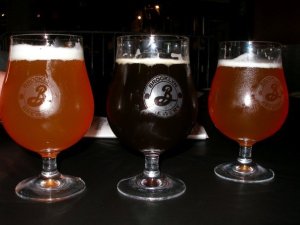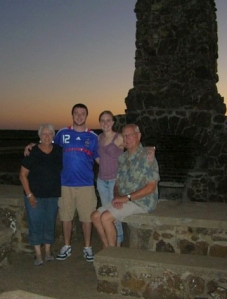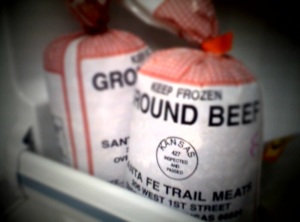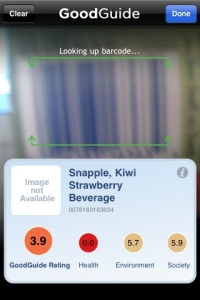Well, hello strangers.
I’ve finally decided to resurrect my blog from its sad, dormant state. I have to admit that I’m a little embarrassed by how long it has been since my last post. I guess I’ve been filling my blogging void through my social media accounts. However, I realize that I still need to practice my long-form writing skills, and I can’t exactly do that on Twitter or Facebook.
So, I took time to reflect on how I’m using social media to refresh myself on what it is I want to accomplish through my accounts and to look at why I make it a point to visit these sites each day. What I found: It’s all about the news. (Shocking for a journalism graduate, right?) Whether it’s about me reading the news via social media or about me sharing news via social media, I like being in the know, and that’s why I like and use social media. Now, I can’t say for certain why others follow me on social media, and I’m not so convinced Klout can gauge that either (here‘s my Klout profile, by the way, if you care), but I can at least explain how I’m using social media.
Twitter is my favorite social media site and the one I use most often. It’s concise. It’s engaging. It’s effective. Content drives Twitter, which is why I try to keep my tweets less about me and more about others by sharing stories, videos, photos, etc., that I find interesting and think others will, too. During my last year at KU, I helped manage the University Daily Kansan‘s Twitter account and the KU chapter of the Society of Professional Journalists‘ Twitter account. Twitter is my “Google Reader” (I wonder: Do people still use that?). It’s my microblog. It can be my way of getting customer service, and it’s often where I search for news topics, KU basketball commentary or what’s going on around Lawrence.
I’ve heard people say that they don’t understand how to use LinkedIn to network or find jobs or that they don’t like it, but along with Facebook and Twitter, it’s a site I visit daily. It’s not that I’m constantly updating or refining my professional profile, or looking for connections. And while that is important, one of my favorite features on the site is the customizable LinkedIn Today section. I find links to news articles that are being shared by among industries I’m interested in (and often share those articles), and I can see which articles my LinkedIn connections have shared. I love that I can pare down the news to suit my interests and then browse articles in a visual, organized format. Aside from that function, to state the obvious, LinkedIn helps me establish a professional presence online and then share that presence with other professionals. I should also mention other key functions I’ve used on the site, like its job search function, which suggests jobs I might be interested in based on my experience, or groups, which provide a forum for people with similar interests to hold discussions, share articles or just stay in touch.
You’ll find that if we’re not Facebook friends, you probably won’t be able to see much of my profile. I use Facebook more for personal sharing than I do on other sites because, unlike Twitter, for me, Facebook revolves more around keeping up with what my friends are doing. I don’t visit Facebook to find my hard news. I do believe, however, Facebook pages are great for businesses and organizations to engage with their audiences and share information. Currently, along with my sister and dad, I help manage a couple of Facebook pages: Silver Lake Girls Golf and Silver Lake Baseball (my dad coaches both of the teams). Also, during college, I managed the Kansan’s Facebook page.
I have to confess: I dig Google+. The problem? Only a handful of my friends are actually using the site. I don’t even post there as much as I’d like — mostly because I know only a few friends will see it and, I guess, anyone who has added me in one of their circles. But, I still have hope it will catch on eventually. If nothing else, I really like visiting Google+ to see how the news organizations I follow use the site. I find that I like Google+’s interface for following news stories because it’s more visual than Twitter. Also, I love Google+ Hangouts and the awesome features I can include while “hanging out.”
I refuse to believe that Pinterest is only good for pinning items about weddings, home decor, food recipes, or arts and crafts. I certainly try to use it for other purposes than that. So far, I’ve got boards about topics ranging from visual news to design/typography, to video. (And, yes, I occasionally pin a recipe or home decor idea, too.) Pinterest is my newest social media venture, and I’m already scheming ideas for new boards. But first, I think it’s important to build up the boards I’ve got. I love (and am taking notes from) this list of how journalists can use Pinterest. So far, I haven’t found too many journalists using Pinterest in ways that this article mentions, but here’s hoping that catches on.
What’s above also appears on my “About Lauren” page, which may seem like a blog post cop-out, but hey, baby steps. I’ll go on the record here and say that I will post more often, I promise.








